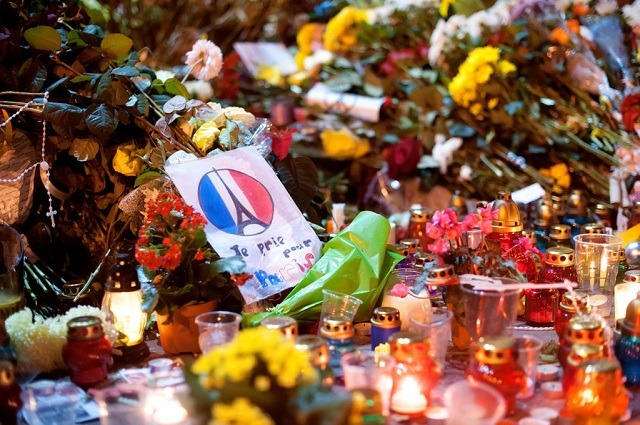
In a Viewpoint published in The Lancet, Pierre Carli (University Paris-Descartes, Paris, France; SAMU de Paris, Hôpital Necker-Enfants Malades, Assistance Publique-Hôpitaux de Paris (APHP), Paris, France) and others outline France’s medical response to terrorism. This follows a spate of terrorist attacks that have hit the country over the last two years.
Carli et al state that the medical response in these instances not only involves saving lives but can also help mobilise the country against the terrorists’ main objectives of aggression, fear, and panic.
As outlined in the Viewpoint, the French emergency medical services have sought the expertise of military doctors in dealing with terrorist attacks.
The two services also reviewed the equipment and treatments needed to handle terrorist attacks. As blood loss remains a major problem in attacks using guns, tourniquet, dressings that prevent blood loss, and tranexamic acid have been made available in all ambulances of the SAMU (Service d’Aide Médicale d’Urgence; the French ambulance service), and in fire brigade trucks to treat victims of trauma.
Following the Paris attacks in November 2015, the close cooperation between emergency response teams, including police, fire brigade, SAMU, and hospitals, may have contributed to the low number of deaths of those admitted to hospital. Building on this, the police and SAMU services have developed a method to support medical staff entering scenes where terrorist attacks have occurred to provide immediate care, allowing them to treat victims while in a dangerous area, as well as helping to move victims to safe areas.
However, in the Viewpoint, the authors also report some shortfalls in the response to the terrorist attacks, which include delays in identifying victims. Carli et al comment: “Identification of the victims was clearly a deficiency during the Paris and Nice attacks, particularly those left dead on scene. There is immense pressure to provide timely answers to the families looking for their relatives and high quality evidence for judicial authorities… The concerns expressed by the families regarding the identification process, and lessons learned from all actors involved, have led to the elaboration of new Standard Operating Procedures with strict respect of international Interpol Disaster Victim Identification standards.”
They also focus on the need to respond to the continuous flow of patients needing psychological care following terrorist events, including victims, relatives, doctors and others involved in the attacks and in the care of victims. Furthermore, they note the need to be prepared for future attacks and the changing face of terrorism. The authors say: “Emergency services must also be prepared to face very different scenarios, including attacks with chemical weapons… and attacks targeted at iconic victims such as children or emergency care responders. There is no reason to think that terrorism will become less violent. However, the recent attacks suggest that simple means (such as high-velocity weapons and trucks) can result in a very high number of victims. Protecting hospitals against an attack is also a new challenge for health-care authorities. Health-care facilities are no longer sanctuaries but soft targets for terrorists. Professionals must be responsible for their own security; in view of this, timely updated regulations emphasising protection of hospitals have been introduced in France.”
“An appropriate medical response does not only save lives but can improve the resilience of the population. It breaks the vicious circle between attacks and repression, provides a positive message of hope and strength, and mobilises the whole country. The medical response is an essential component of the response to terrorist attacks and is in fundamental opposition to terrorism’s main objectives of aggression, fear, and panic,” Carli et al conclude.
The most recent terrorist attacks in France occurred in November 2015 in Paris, and in July 2016 in Nice. Paris was the scene of multiple mass casualty attacks at the Bataclan and in the city streets, as well as a partially failed attack at the Stade de France. The events were the most violent and devastating to occur in France since World War 2, causing 137 deaths and injuring 413 people. In Nice, a truck was deliberately driven into a crowd of people celebrating Bastille Day, causing 87 deaths and injuring 458 people.










